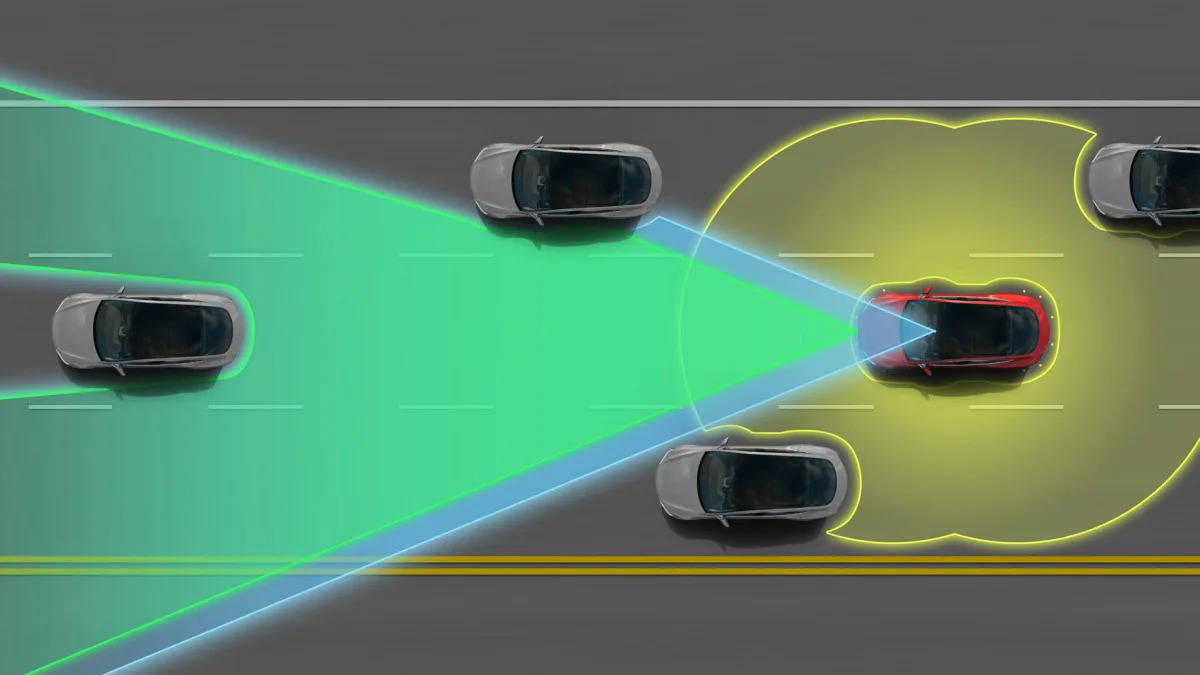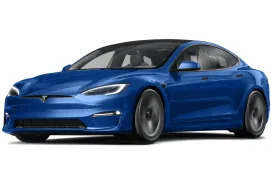As is often the case, the technology in the realm of autonomous driving is evolving faster than regulations can keep up, especially in the insurance industry. The major question that the tech raises is who is liable in a crash when the vehicle is controlling itself? The clever minds at Tesla might have a solution that can both keep its upcoming autopilot system on the road and get around this thorny issue.
Tesla officially announced autopilot in October 2014 but hasn't fully unlocked all of the features on the Model S yet. Software version 7.0 should introduce more of the tech via an over-the-air update, and it could offer 90-percent autonomous driving, including an auto-steering function and automatic passing.
Still, that raises the issue of liability, but for such a complicated system, the solution might be surprisingly low tech. According to The Wall Street Journal speaking to unnamed insiders, drivers must activate the turn signals for the auto-passing function to operate. By doing so, the person behind the wheel is essentially giving a final check that the situation is safe, and in a worst-case scenario, it points to someone to blame in a crash.
There's still no official date set for the 7.0 update to activate all of the autopilot features, but according to the WSJ, it might not be coming in the first revision this summer. Still, insurance agents should sleep just a little more soundly knowing that they don't quite have to deal with the problem of autonomous cars quite yet.
Tesla officially announced autopilot in October 2014 but hasn't fully unlocked all of the features on the Model S yet. Software version 7.0 should introduce more of the tech via an over-the-air update, and it could offer 90-percent autonomous driving, including an auto-steering function and automatic passing.
Still, that raises the issue of liability, but for such a complicated system, the solution might be surprisingly low tech. According to The Wall Street Journal speaking to unnamed insiders, drivers must activate the turn signals for the auto-passing function to operate. By doing so, the person behind the wheel is essentially giving a final check that the situation is safe, and in a worst-case scenario, it points to someone to blame in a crash.
There's still no official date set for the 7.0 update to activate all of the autopilot features, but according to the WSJ, it might not be coming in the first revision this summer. Still, insurance agents should sleep just a little more soundly knowing that they don't quite have to deal with the problem of autonomous cars quite yet.










Sign in to post
Please sign in to leave a comment.
Continue